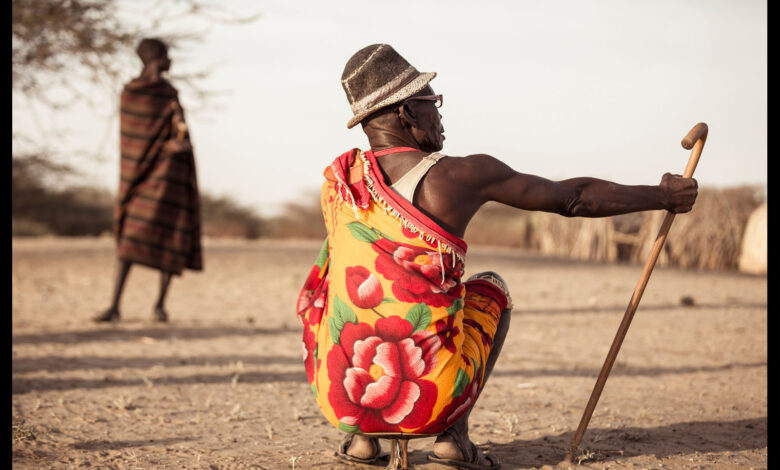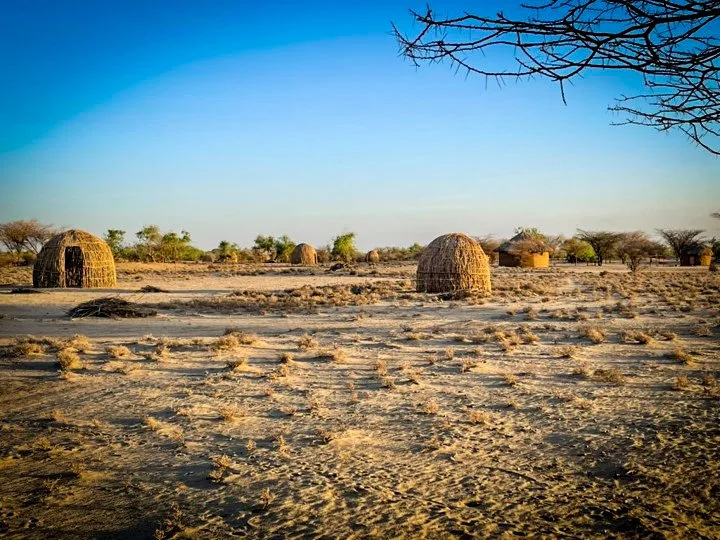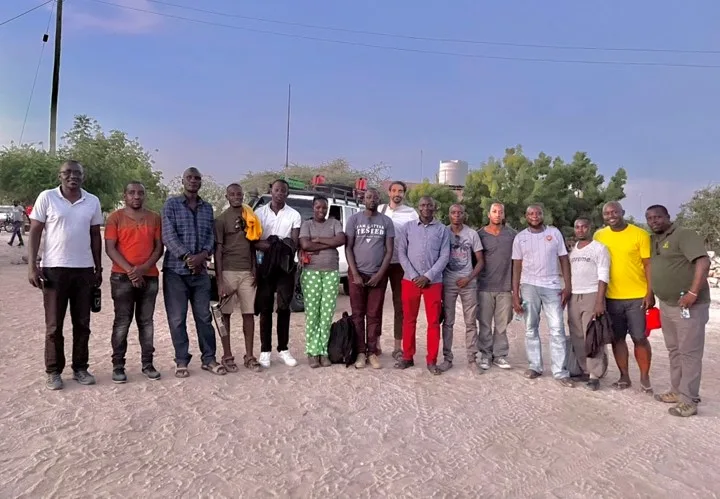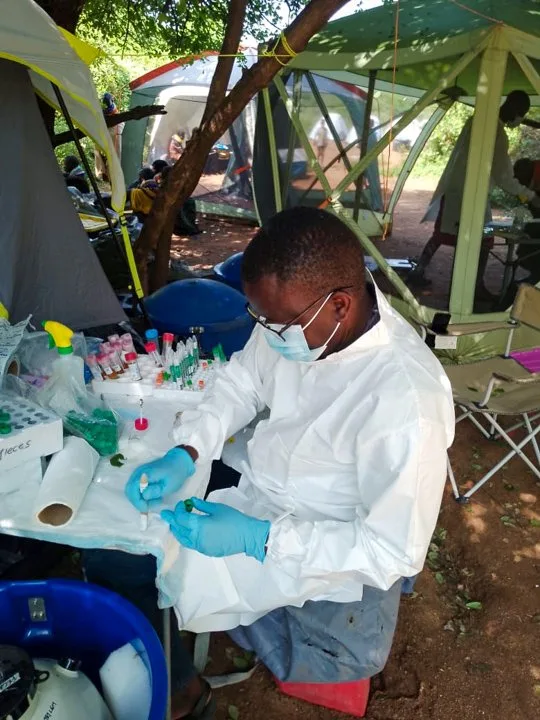
A groundbreaking international study conducted in partnership with the Turkana community of northern Kenya has revealed how humans have genetically adapted to survive in an extremely harsh environment.
The study, published in Science, shows that thousands of years of natural selection have shaped remarkable physiological adaptations in the Turkana, enabling them to thrive in a landscape defined by extreme heat, water scarcity, and limited vegetation.
The research was conducted through the Turkana Health and Genomics Project (THGP), a collaborative initiative bringing together researchers from Kenya and the United States, including Kenya Medical Research Institute (KEMRI), the Turkana Basin Institute (TBI), Vanderbilt University, and the University of California, Berkeley.

It combines genomic, anthropology, and biology, and is rooted in mutual respect and co-production of local knowledge to study how human populations adapt to extreme environments.
“Working with the Turkana has been transformative for this study,” said Dr. Sospeter Ngoci Njeru, co-PI and KEMRI’s Deputy Director, Centre for Community Driven Research.
“Their insights into their environment, lifestyle, and health have been essential to connecting our genetic findings to real-world biology and survival strategies.”

Through sequencing of 367 whole genomes and analysis of more than 7 million genetic variants, researchers identified several regions of the genome under natural selection. One gene in particular, STC1, showed exceptionally strong evidence of adaptation.
STC1, expressed in the kidneys, plays a dual role critical to arid pastoralist living, including conserving water in red sponse to dehydration and processing purine-rich foods such as meat and blood, staples of the Turkana diet.
“Our partnership with the Turkana community highlights the critical importance of preserving and learning from traditional knowledge systems that have enabled human survival in extreme environments for millennia.” said Prof. Julien Ayroles, Principal Investigator, University of California, Berkeley.
The genetic adaptations are believed to have emerged around 5,000 years ago, coinciding with the aridification of northern Africa. This suggests that as the region became drier, natural selection favoured variants that enhanced survival under arid conditions.
“This research demonstrates how our ancestors adapted to dramatic climate shifts through genetic evolution,” noted Dr. Epem Esekon, County Executive for Health and Sanitation, Turkana County.

As more Turkana transition to towns and cities, the same adaptations that once protected them may now increase risks of chronic diseases such as hypertension, kidney dysfunction, and diabetes.
This phenomenon, known as evolutionary mismatch, highlights how rapid lifestyle changes interact with deep evolutionary history.
“With more people shifting from rural to urban lifestyles, we are also seeing a change in disease patterns,” said the Acting Director General, KEMRI, Prof. Elijah Songok and adds, “This study helps explain how ‘evolutionary mismatch’ can contribute to today’s health challenges.”
“This study highlights how working with transitioning populations can lead to new models for understanding how present-day environments interact with past adaptations to potentially impact
modern day disease risk.” added Prof Lea Amanda, co-PI, Vanderbilt University.
The Turkana story offers critical insights as humanity confronts global climate change. For generations, this pastoralist community has developed strategies to endure scarcity and heat—knowledge that is increasingly relevant for the future.
“Worldwide, indigenous communities like the Turkana, and other people in Northern Kenya are essential partners in advancing our knowledge of human resilience,” said Prof. Dino J. Martins, Director of the
Turkana Basin Institute at Stony Brook University.
“Their deep connection with the landscapes and ecology of the region, and adaptation to one of the earth’s hottest and most arid environments over time, provides
lessons for how climate and environmental changes continue to shape human biology and health. This discovery adds another important piece of knowledge to our wider understanding of human evolution.”







